How to Draw an Animal With M
Animals in Art Week
The power of caricature
By definition, cartoon is a style of drawing that pushes, exaggerates, or otherwise "distorts" a subject in order to bring out its character, make it more expressive and appealing, and convey a certain emotion or message. A caricature is a very powerful way to achieve this: by taking a few elements of a subject and making them more prominent, we convey a specific message about the character we are creating. This applies to creating animal characters as well!
Caricature involves pushing the proportions of the animal's key features in order to make the expression more readable, more "human-like".
In the example below, I took this siamese cat's key features (large eyes and ears, long nose and a triangular face) and made them more prominent, while also giving it a clearer, more relatable, and dare I say grumpy expression!
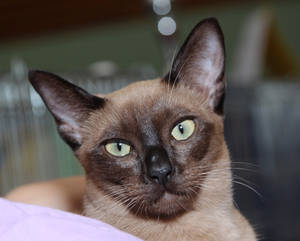
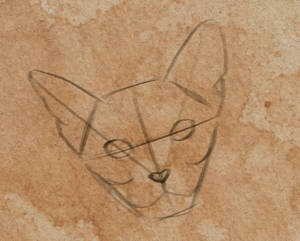

Photo reference (Source) Natural proportions Caricature / Exaggerated proportions
Of course, keep in mind that not all caricature have to be this extreme. Many artists like to settle on a halfway point between realistic animal anatomy, and a more expressive, human-based face. This is the style typically seen in Western animation, with Disney and Dreamworks movies as a prime example.
"Humanizing" animals
Also known as anthropomorphism, it's the technique of adding human features to an animal's face in order to make its expression more readable. This is typical of cartoons and it's a great way to make the character more appealing and easier to emphatize with. As said earlier, this can be very subtle or very extreme, the difference often residing in how much we pushed the proportions in the previous step.

In this example, the proportions between realistic and cartoon are actually almost identical, with the cartoon having a slightly smaller muzzle and nose.
What really makes a difference here is how the features are drawn: in the cartoon version, the cat's mouth is more visible, and the eyes are more focused. The mouth and eyes are two key components of expression. As humans, we instinctively focus on them when we read another person's face. By making them more clear in this example, we immediately made the cat look more "human"!
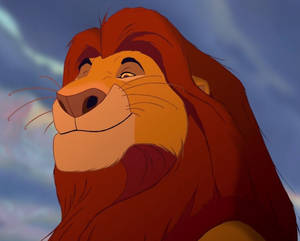
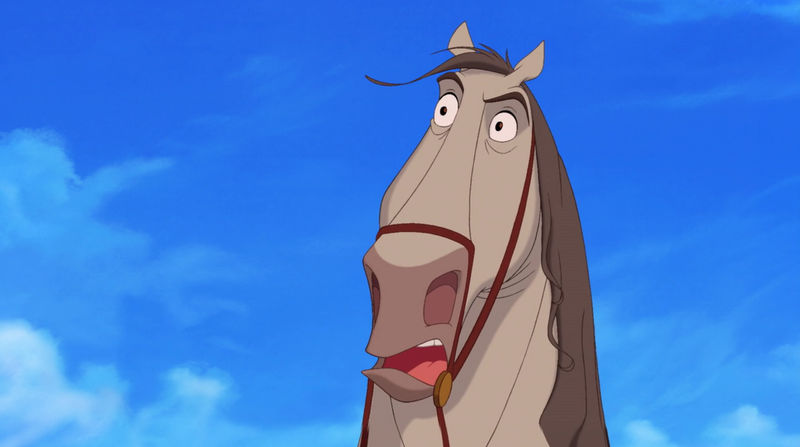

Some movies require their animals to be so expressive that they even give them actual eyebrows, to make their faces even more readable!

Pushing proportions is important, but pushing expression is key!
Using geometric shapes
This ties in with the previous two steps: using geometric shapes on a character is a way to subtly convey their personality. Seeing as certain shapes are associated with certain characteristics, they are a great tool to give a crucial first impression of your character, and they can also help you constructing their figure as you draw!
In this demonstration, I will be using characters from my comic "Africa" as examples.

The circle is often associated with a cute character: round heads and eyes and curvy shapes convey a sense of "cuddly", but can also read as immature, inexperienced, not yet tempered. By using it on my protagonist character, I wanted to convey that she still has much to learn.

By definition, the triangle is the ultimate "edgy" shape. Sharp edges are typically associated with danger, chaos, and they are very frequently used on "evil" characters. However, the triangle can also represent perfectness, importance, and unity. In the case of Giza, I wanted her to literally look "sharpened" by her life trials, but she should also be a goal for Africa to reach, her idea of perfectness.

The square is a symmetrical shape, associated with stability, strength, sturdiness, resilience, but also stubbornness. Like the triangle, it's also a very angular shape, which can make the character look uneven, possibly unreliable, ambiguous, potentially dangerous. For Chui, I wanted him to look equal parts strong and confident, but also subtly threatening.
Pushing gesture
So, we've learned to exaggerate an animal's expression, proportions, and shape: one more crucial things to exaggerate is their gesture, a.k.a. how intense their actions look and feel.
This is true for all characters in all pieces of media: when drawing, always be sure that the pose is energetic, and that it conveys just as much character as the animal's face and shape. Avoid "static" poses, as they tend to make less of an impact and can detract from your character's personality.
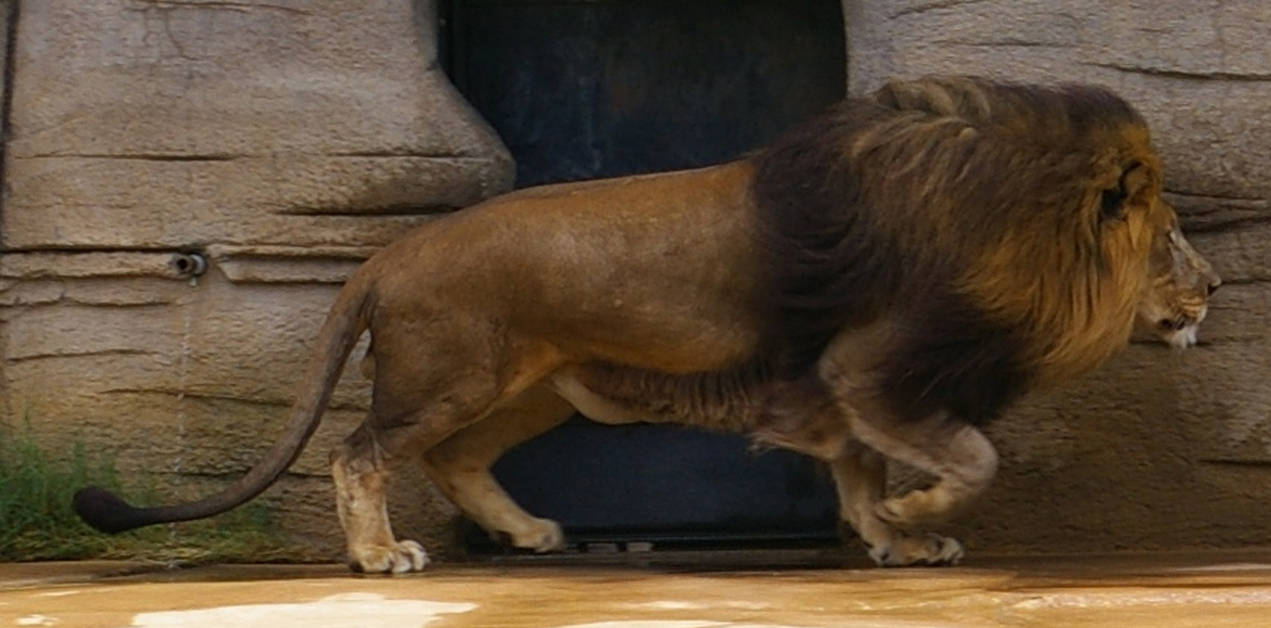

Photo reference (Source) Really focus on pushing the gesture. Put more emphasis on the movement and how dramatic the pose looks.

Conclusion
And there we have it! Here are the main basic guidelines to follow when creating a cartoon animal character! Now it's your time to put these tips into practice! Grab your drawing equipment, a photo reference if needed, and start creating!
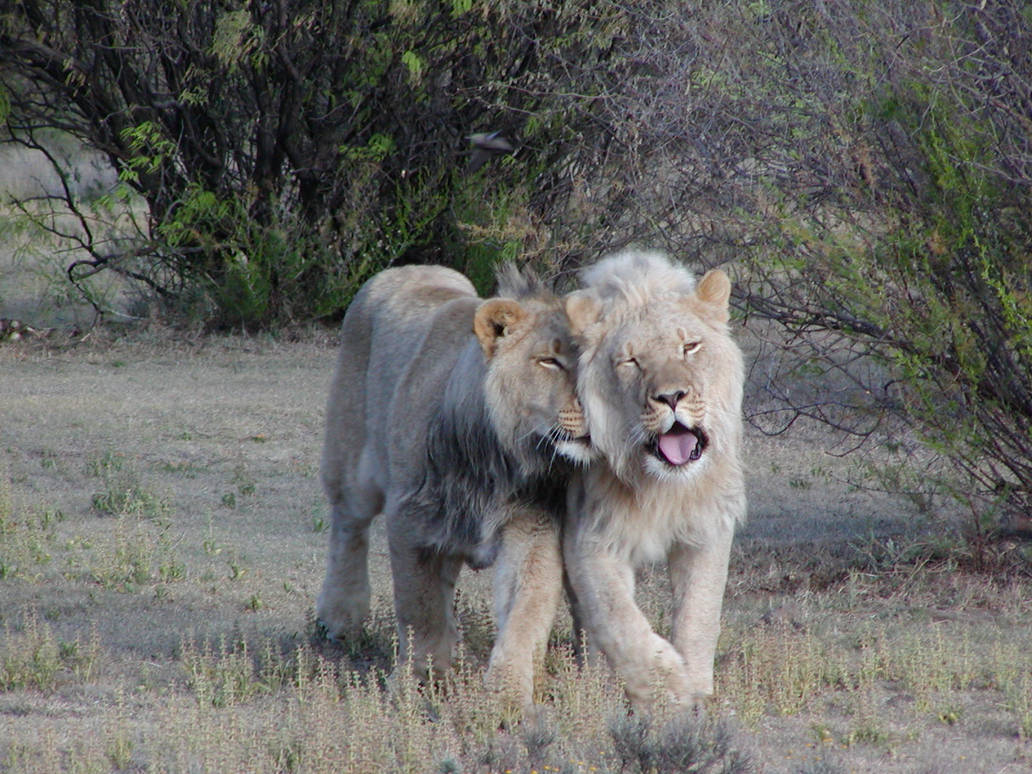

(Source)
![]() I hope you enjoyed this guide and found it useful!
I hope you enjoyed this guide and found it useful! ![]()
Source: https://www.deviantart.com/arven92/journal/How-To-Draw-Cartoon-Animals-841181506
0 Response to "How to Draw an Animal With M"
Post a Comment